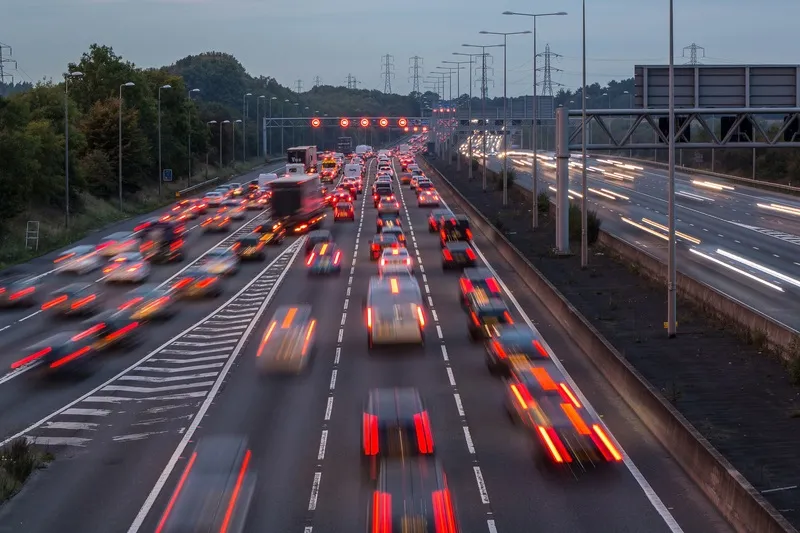In a bid to reduce high levels of congestion on the Kwinana Freeway near Perth in Western Australia, the government is planning to introduce a smart motorway by converting the emergency stopping lane to a full-time running lane. The concept is similar to the smart motorways in use in the UK which use variable speed limits during busy times to manage congestion. The US$25 million (AU$47 million) project is expected to start in 2018-2019 and will also include: in-road detectors and full CCTV coverage to provi
May 16, 2017
Read time: 1 min
In a bid to reduce high levels of congestion on the Kwinana Freeway near Perth in Western Australia, the government is planning to introduce a smart motorway by converting the emergency stopping lane to a full-time running lane.
The concept is similar to the smart motorways in use in the UK which use variable speed limits during busy times to manage congestion.
The US$25 million (AU$47 million) project is expected to start in 2018-2019 and will also include: in-road detectors and full CCTV coverage to provide information on traffic flow to the control centre; variable message signs to display open and closed lanes; and coordinated ramp signalling to balance traffic flows on to the freeway.









